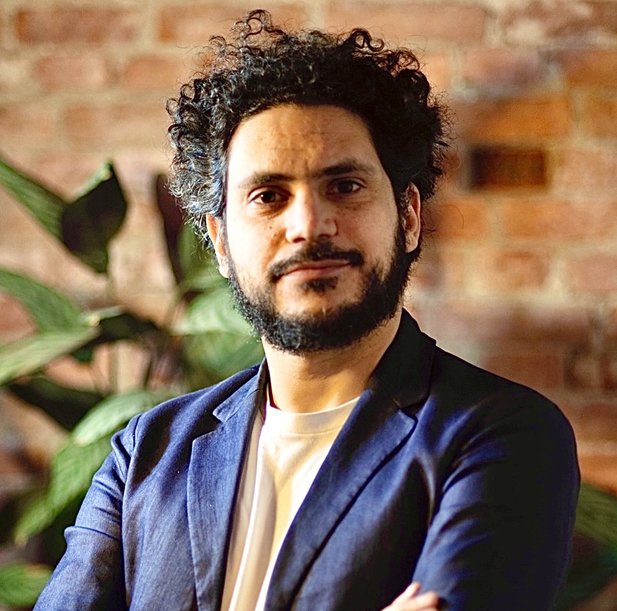ERC Proof of Concept grant for the Delft Laminar Hump
Marios Kotsonis, professor at the Aerospace faculty of TU Delft, and his team are awarded an ERC Proof of Concept grant for DeLaH, the Delft Laminar Hump. DeLaH aims at breakthrough passive, robust, and effective laminarisation of aircraft wings.

The Hump entails a local modification of the surface on a swept wing geometry and was discovered by Prof. Kotsonis and his team through their research on laminar flow control. In their preliminary experiments, the team has demonstrated a significant laminarization effect and have recently proceeded with a patent application. According to Kotsonis: “We still don’t have a full fundamental understanding of why it works so well. But with this PoC we can develop the more applied aspects of DeLaH further”.
Laminar Flow Control at the core of more sustainable aviation
The exponential growth in aviation calls for radical new technologies to curb aircraft fuel consumption and emissions. At the heart of the problem lies aerodynamic drag. Laminar Flow Control (LFC), namely the extension of laminar flow over the wing, holds immense potential for reducing aerodynamic drag by up to 15%. Unfortunately, many flow control solutions proposed so far are costly, complex, and unreliable, thus obstructing laminarization from reaching industrial-scale application.
DeLaH: fortunate serendipity
The idea of using a Hump for LFC emerged from the research activities of the ERC Starting Grant project GloWing. In this project, the team develops theoretical, numerical, and experimental tools towards understanding and controlling laminar-turbulent transition of the flow over swept wings. In late 2019, an unexpected discovery was made during a GloWing wind-tunnel experiment. The initial goal was to understand the detrimental effects of forward-facing steps on swept wing transition. To great surprise, the team found that some forward-facing steps instead delayed transition by a considerable extent. Ever since, follow-up work revealed a route to further increase the laminarization effect. This was achieved by ‘smoothening’, elongating, and scaling the step, thus ending up with a particular geometry, which the team named this the Delft Laminar Hump (DeLaH).
IPR protection and possible start-up
Jordi Casacuberta (PhD), Marios Kotsonis (Professor), Theo Michelis (Assistant Professor), Alberto F. Rius Vidales (PostDoc), Sven Westerbeek (PhD) and Giulia Zoppini (PhD) are the equal-share co-inventors of DeLaH. Currently, a patent application is pending. This PoC project will further strengthen the intellectual property rights protection of the idea and will allow the team to explore more opportunities for valorisation. In fact, members of the co-inventor team have recently been awarded the start-up voucher from the Aerospace Innovation Hub to explore the possible formation of a technology start-up based on this idea.
The PoC project
The ambition of the project is to take the DeLaH concept from laboratory to technological innovation and finally societal impact. Small technical activities are planned towards validating the concept with more advanced wind tunnel testing. However, the core of the project will focus on innovation development, covering a diverse range of objectives, such as the strengthening and extension of IPR and the definition of a technology transfer strategy from our Faculty to key industrial stakeholders, such as e.g. Airbus. A market and feasibility analysis will be combined with a business development plan, to explore and exploit industrial and research collaborations.
The team will work closely with a group of stakeholders within the TU Delft, such as the Impact and Innovation Centre, providing expertise in IPR and business development, and the Aerospace Innovation Hub, providing an engaging platform to industrial partners. The extension of DeLaH towards other flow applications will also be studied in collaboration with the group of Prof. Sina Ghaemi at the University of Alberta, Canada. Ultimately the project will strive to position the DeLaH technology at the starting line of technological development and industrial adoption.
